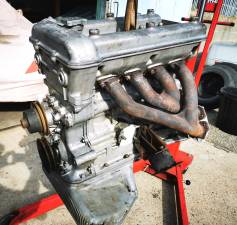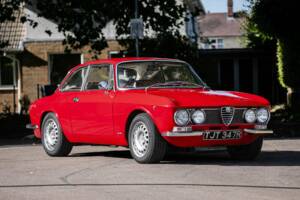- Car
- Alfa Romeo
- Alfa Romeo GTV (22 offers)
Alfa Romeo GTV classic cars for sale
The Alfa Romeo GTV offers pure Italian coupe character across three distinctive model generations, from the elegant classics of the Bertone era to the striking, high-spec grand tourers of the 1990s. Enthusiasts value the GTV for its authentic driving feel, expressive design, and enduring technical appeal. Discover the breadth of GTV history and find your favourite year or engine specification.
Search results
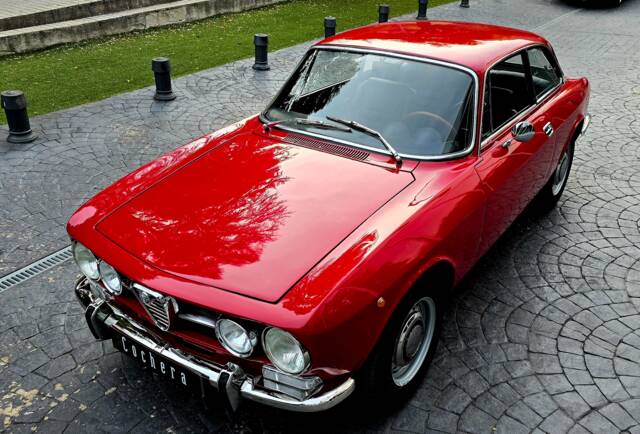
1969 | Alfa Romeo 1750 GT Veloce
Restored Condition
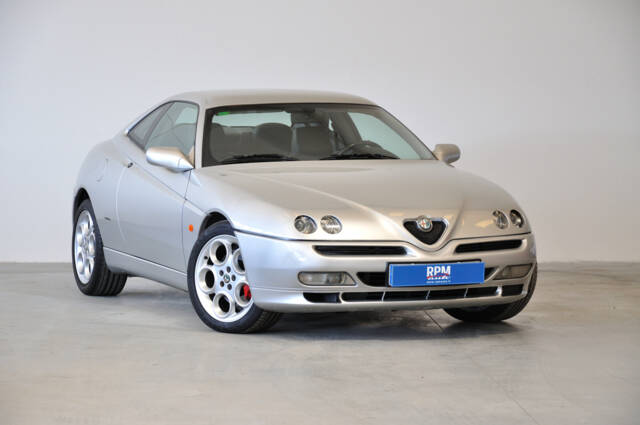
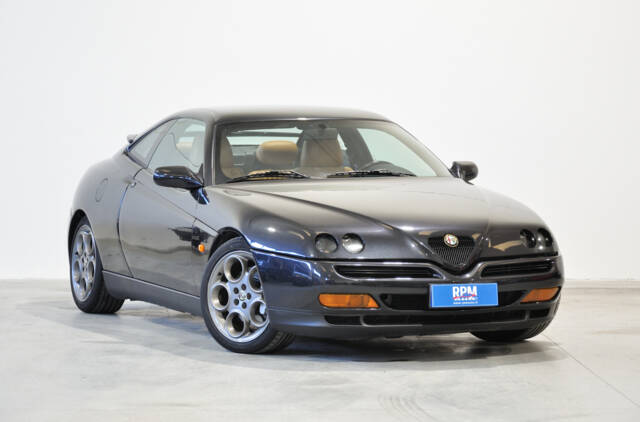
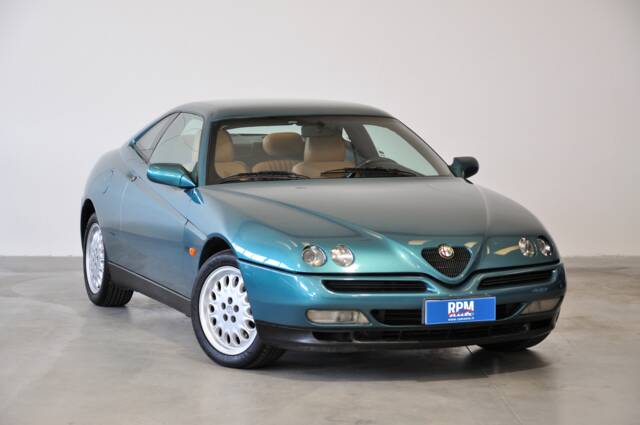
1997 | Alfa Romeo GTV 2.0 V6 Turbo
CRS a libretto Verde Sargassi
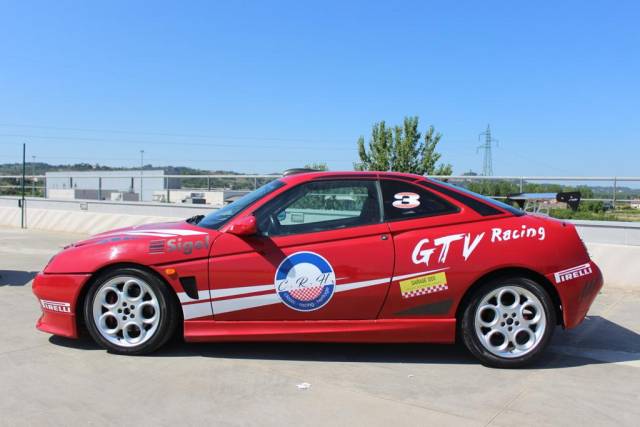
2000 | Alfa Romeo GTV 3.0 Racing
Street legal
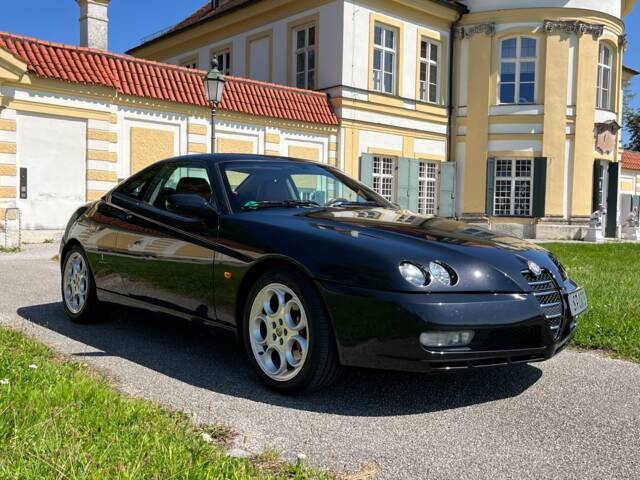
2003 | Alfa Romeo GTV 3.2 V6 24V
GTV 3.2 V6 Lusso Busso-Motor seit 2011 in Besitz
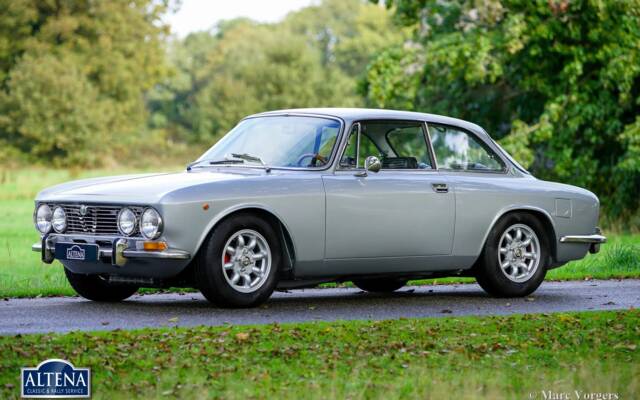

1968 | Alfa Romeo 1750 GT Veloce
1750 Veloce code 0548 -
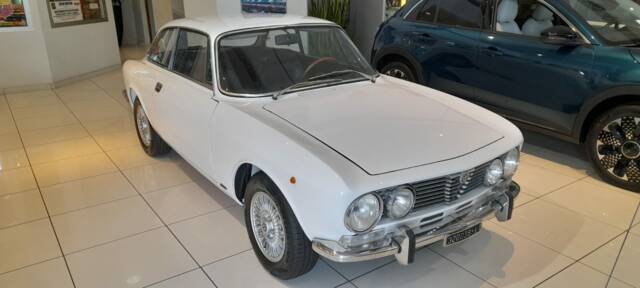
1971 | Alfa Romeo 2000 GT Veloce
La 2000 coupè italiana più desiderata degli anni '70

1975 | Alfa Romeo 2000 GT Veloce
1975 Alfa Romeo 2000 GT Veloce (105.22)

1970 | Alfa Romeo 1750 GT Veloce
Bertone - Restored - Verde Pino
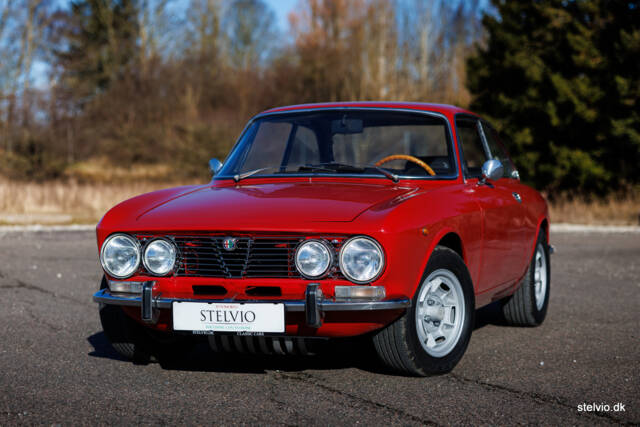
1972 | Alfa Romeo 2000 GT Veloce
Original and restored classic GT Veloce 2000
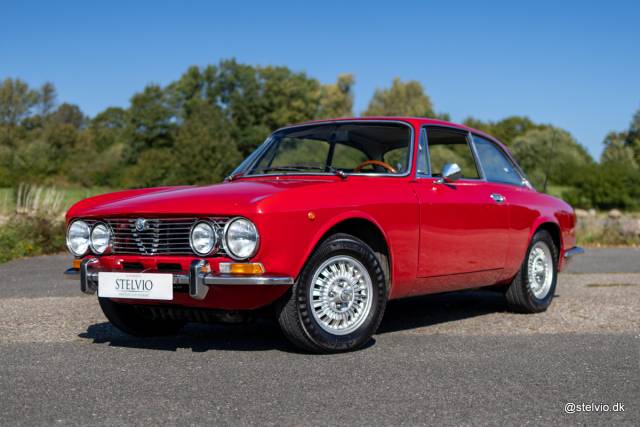
1973 | Alfa Romeo 2000 GT Veloce
Super authentic and original Bertone Coupe in classic Alfa Rosso over black
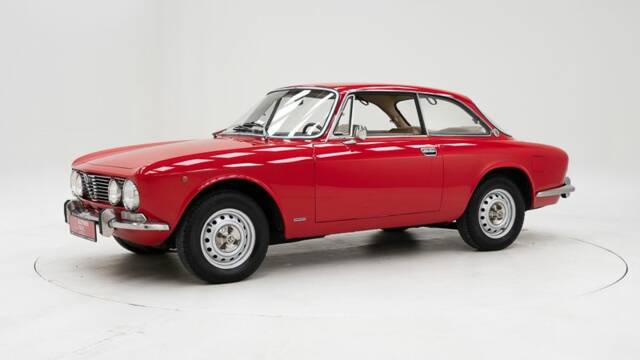
1974 | Alfa Romeo 2000 GT Veloce
1974 Alfa Romeo 2000 GT Veloce '74
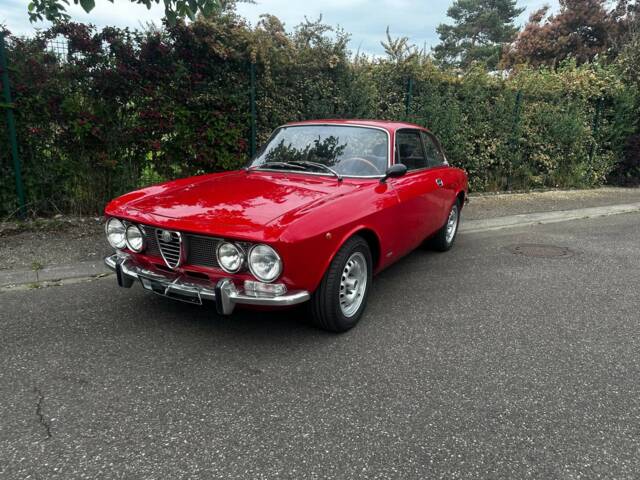
History of the Alfa Romeo GTV
The Alfa Romeo GTV story is a diverse journey through nearly four decades of Italian automotive craft. First launched as the GT Veloce in 1967, the GTV badge initially adorned the sharp, Bertone-styled 105/115 coupés, famed for their rear-wheel drive dynamics and powerful Twin Cam engines. In 1974, the GTV lineage was reinvented on the Alfetta platform, showcasing innovations like the De-Dion rear axle and a transaxle layout for an optimised weight balance. This era, penned by Giugiaro, saw experimentation with aerodynamics and new engines, including the revered V6. The modern reinvention, the Tipo 916, arrived in 1995, born from Alfa Romeo’s partnership with Pininfarina. It brought front-wheel drive and a wide range of advanced powertrains. Production ended in 2005, having cemented the GTV as one of the most engaging and technically interesting Alfa Romeos of its time.
Model History
The GTV story spans three major generations. The 105/115 series (1967–1976) includes the 1750 and 2000 GTVs, with crisp Bertone bodywork and classic Alfa powertrains. These were succeeded by the Alfetta-based GTV (Type 116, 1974–1986), which incorporated the rear transaxle for balanced handling and introduced a V6 in later models. The third generation, Type 916 (1995–2005), was developed in cooperation with Pininfarina and offered a variety of modern four- and six-cylinder engines, front-wheel drive, and an entirely new coupe silhouette. Successor to the last GTV was the Alfa Romeo Brera, which continued production after 2005.
Unique features and significance
Each GTV generation offers its own set of highlights. The 105/115 GTVs stand out for their lightweight construction, twin-cam engines, and driver-focused interior with classic wooden details. Alfetta GTV models introduced technical advances such as the De-Dion axle and a transaxle gearbox, delivering unusually sophisticated handling for their price class. The 916 models gained distinction for their safety features—airbags, excellent crash test results, and modern equipment—while offering a wide spectrum of engines including the exuberant Busso V6 up to 240 hp. In motorsport, especially the 1750/2000 GTV and their GTAm evolutions, were frequent participants and winners in touring car and rally events.
Technical Data
Special Editions and Collectible Models
Notable GTV special editions include the GTAm, a homologation and competition version of the 1750/2000 GTV, fitted with wider bodywork, tuned engines, and rally-spec modifications. The market also values rarities like genuine GTAm-Replicas and low-production export variants (automatic gearboxes, rare colours, motorsport kits). The 916 series produced the limited 'Cup' editions, inspired by the GTV Cup racing program, which featured exclusive visual and performance enhancements.
Weak Spots and Common Issues
Potential buyers should pay close attention to the bodywork on all GTV models, as both the Bertone and later coupés are susceptible to corrosion, especially sills, wheel arches, and floorpan. The mechanicals of Twin Cam and Busso engines are robust if maintained, but timing belt and oil changes are critical. The De-Dion transaxle system on Alfetta GTVs requires precise alignment and healthy bushings. Interior plastics and seat covers may show age, especially on the 916. The positive is that spare parts supply is strong thanks to dedicated specialists, supporting long-term usability.
Engine, Performance, Transmission and Handling
The classic 1750 and 2000 GTVs are famed for their immediate throttle response, lightness, and agility, with crisp gearshifts and engaging rear-wheel drive balance. Typical output ranges from 120 to 132 hp, with top speeds exceeding 190 km/h in the 2000 GTV. Alfetta GTVs benefit from improved balance thanks to the transaxle layout, while the V6 versions deliver superior torque and an evocative soundtrack. The 916 generation’s Busso V6s (up to 240 PS) are renowned for their smoothness and strong acceleration; the chassis tuning ensures the GTV remains committed through corners despite the switch to front-wheel drive. Popular examples include the 2000 GTV (Type 105) with its 2.0 DOHC engine and the 916 GTV 3.0/3.2 V6, both prized for their specific engine characteristics and overall driving satisfaction.
Interior, Comfort, Exterior and Design
The GTV heritage is defined by design icons. 105/115 coupes by Giorgetto Giugiaro (Bertone) deliver the classic Alfa look: four round headlights, the heart-shaped grille, and elegantly proportioned lines. Inside, expect a wooden steering wheel, twin round dials, and high-quality wood or chromed details. Alfetta GTVs show Giugiaro’s vision in a flatter, more wedge-shaped form, with refined 1980s interiors post-facelift. The 916 GTV stands out for its wedge profile, muscular haunches, and interior by Pininfarina that blends performance cues with comfort: deep-set gauges, supportive sport seats, and a driver-centric cockpit. Key options include Campagnolo wheels, rare metallic paint, leather interiors, air-conditioning, and electric sunroofs, which add period-correct character.
Other Features
Many classic GTVs come with period paperwork, RIAR or ASI certification, period accessories such as Hellebore wood wheels, and are often well documented within the enthusiast scene. Motorsport history also plays a strong role for 1750/2000 and GTAm branches.
Summary
The Alfa Romeo GTV is a driving experience and collector’s object combining Italian styling, technology, and emotion across several decades. Whether you value the sharp responses of the classic rear-wheel drive coupes or the contemporary usability and charisma of the 916 generation, the GTV community benefits from strong parts support, expert knowledge, and enduring market presence.







